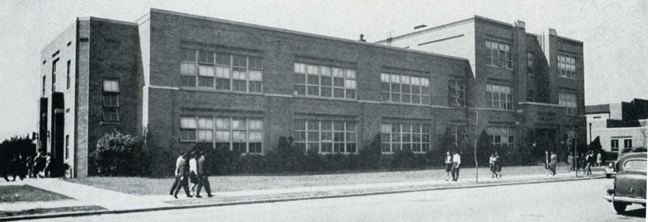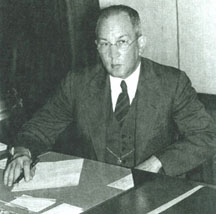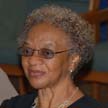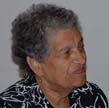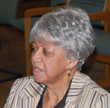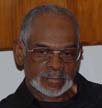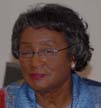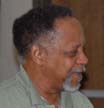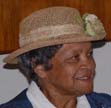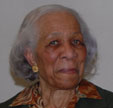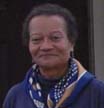

Huntington High School, The Secondary School Study Web Exhibition |
|||||||||||||||||
In 1940, Huntington High School was invited to participate in the Association of Colleges and Secondary Schools for Negroes’ Secondary School Study. Selected and funded by the Rockefeller Foundation, sixteen of the most distinguished black high schools in the United States participated in an experimental program to reexamine administrative, curricular, and instructional practices. The University of South Carolina’s Museum of Education is pleased to feature "Huntington High" and its participation in the study. |
|||||||||||||||||
“The teachers made us feel like special people and made certain that we knew that we could do anything. Our race and financial situation would not hold us back. They encouraged us and instilled a sense of courage and self-respect.” Ernestine Brown Bunn |
|||||||||||||||||
|
Letter of Invitation to Participate in the Study January 23, 1940 |
||||||||||||||||
While the Association sought to achieve accreditation for its member schools and to make strides for equitable support—separate AND equal—for black education, some educators believed teachers were not involved in progressive education’s “stream of educational ideas” and, thus, were placing too much emphasis on traditional instructional practices. For this reason, the Rockefeller Foundation invited distinguished schools to help define promising practices and to serve as a laboratory for determining goals for black youth. |
|||||||||||||||||
With oral history interviews conducted Oct 13-14, 2008 with
|
|
||||||||||||||||
I am quite thankful for Ms. Johnson’s generosity of time and knowledge and the great assistance she provided for my research. I greatly appreciate the efforts of Freddie B. Allen and Alice Rainey who brought important archival materials to the interview session. I also wish to extend thanks to Donzella Maupin, Assistant to the Archivist of Hampton University, and to Anita Jennings of the Pearl Bailey Library in Newport News. |
|||||||||||||||||
Huntington High School: Symbol of Community Hope and Unity 1920-1971 by Hattie Thomas Lucas is a remarkable document. This publication greatly assisted my preparation of the web exhibition, and I quote heavily from its pages. Throughout my travels to the participating school sites, I have found no other school history that compares to the work of Ms. Thomas Lucas. I commend her diligent research and applaud the archival institutions in the area that have preserved and maintained Huntington High School’s documents. I so wish similar publications could be prepared for all schools who participated in the Secondary School Study. |
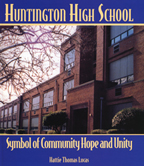 |
||||||||||||||||
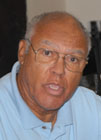 “Huntington High School should be recognized not only for its fine academics but also its fine athletic program.” Howard F. Manly |
The Museum of Education’s Web Exhibitions center primarily on the academic life of individual schools during the 1940s and early 1950s, the focus of the Secondary School Study. Our vignettes serve not to lessen the accomplishments and accolades from prior or subsequent decades nor do they diminish the significance of the social and athletic dimensions of school life. Instead, the Museum presents web exhibitions of the Secondary School Study schools as a way to feature the experimental efforts of progressive educators during the 1940s. Since these vignettes were not prepared to serve as school histories, we encourage alumni and historians to prepare their own comprehensive school accounts, histories, and memoirs of these important educational institutions. |
||||||||||||||||
The Museum of Education’s Web Exhibitions have been prepared for a general audience and have not used professional terminology from the field of education. Our accounts are intentionally free of detailed bibliographic citations. The curator is currently writing a scholarly account of this project that follows accepted bibliographic practices. |
|||||||||||||||||
|
Further, these exhibitions are conceived within a tradition of progressive education where a fruitful experience raises as many questions as it answers. Thus, the information on the various sites has been crafted intentionally to be suggestive—to allow important questions "to float" through the exhibitions rather than to be answered with questionable certainty. These sites are works-in-progress and represent an "educational research charrette" as additional historical material is discovered and fresh memories, recollections, and insights come forth by participants and other researchers. | ||||||||||||||||

an institutional member of the International Coalition of Sites of Conscience
Museumofed@gmail.com

